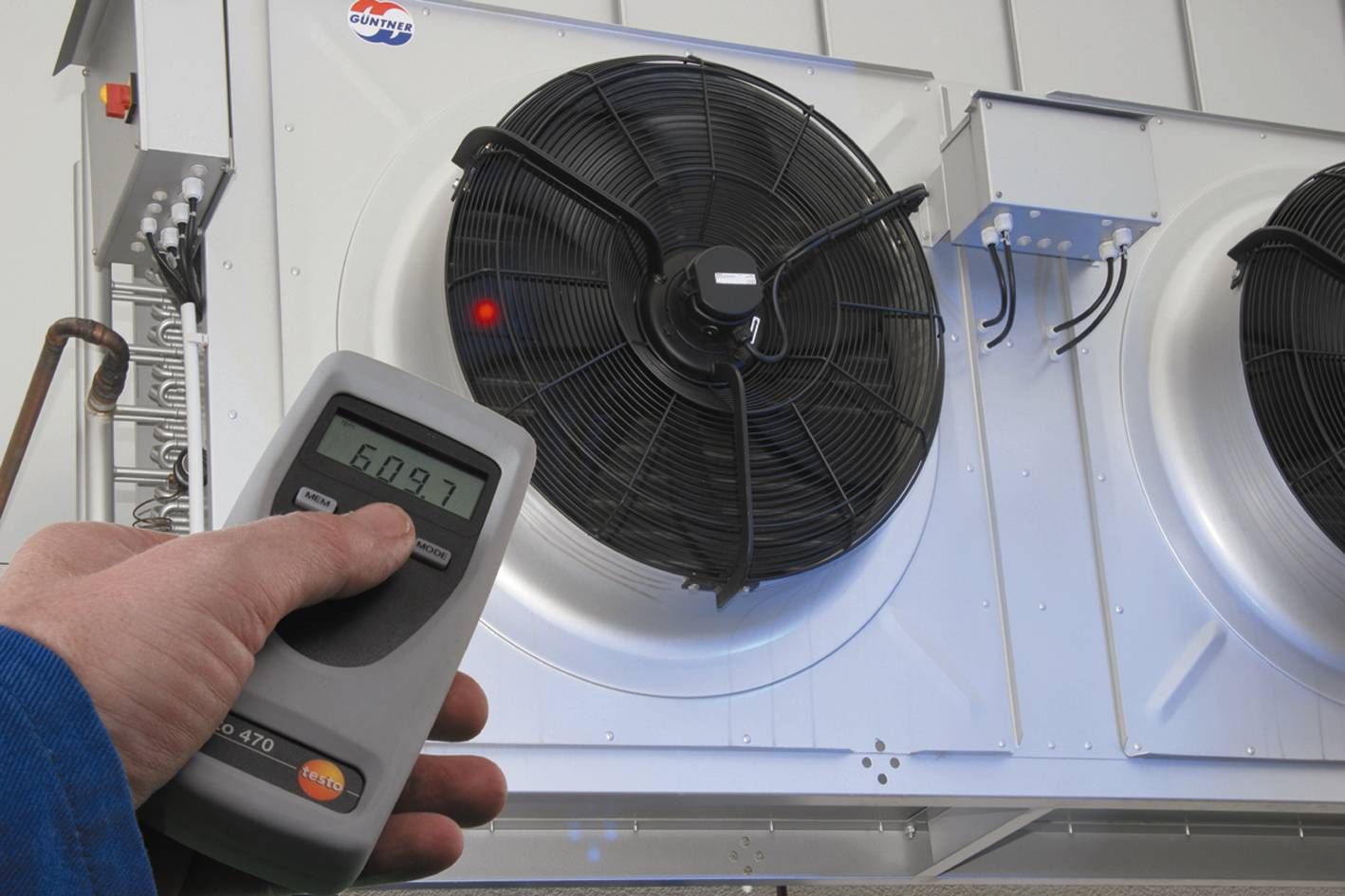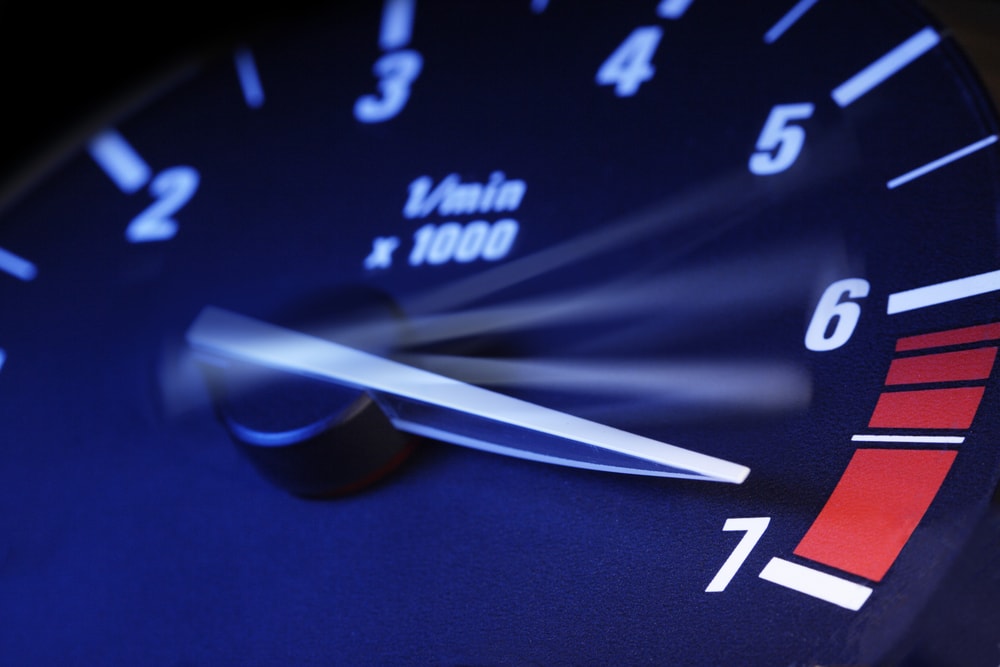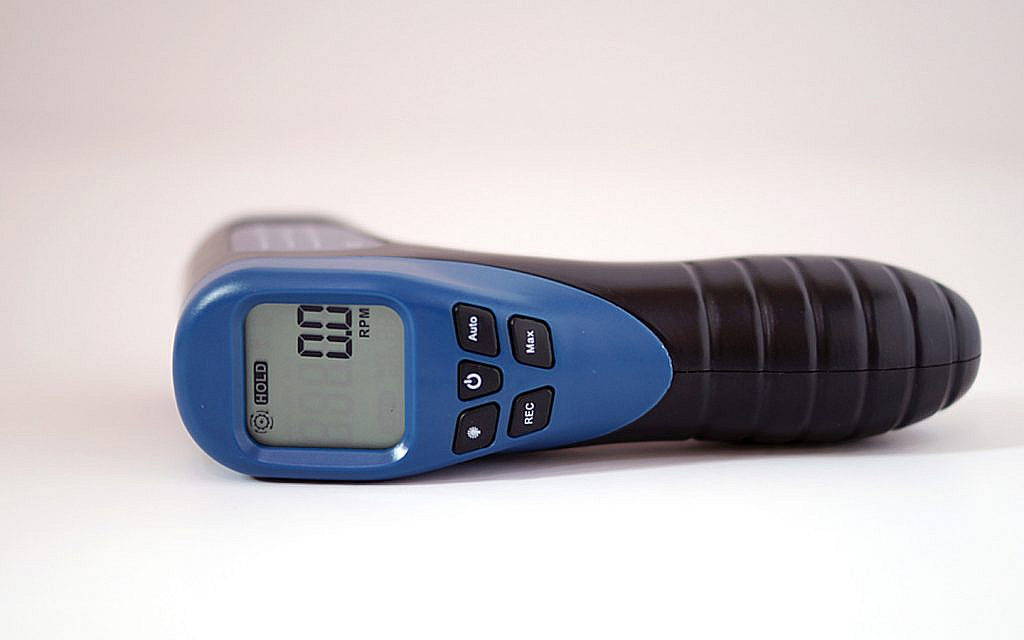The question, ‘What controls the tachometer’, often intrigues industry professionals and vehicle enthusiasts alike. This seemingly simple gauge plays a critical role in various industries, guiding everything from automotive performance to industrial machinery efficiency. In this article, we will delve deeply into the mechanisms, technology, and importance of tachometers, along with their diverse applications.

Introduction to Tachometers
Tachometers are instruments used to measure the rotation speed of a shaft or disk. They are commonly found in motor vehicles, aircraft, and other machines that rely on rotational speed data to monitor and control performance. But what exactly controls the tachometer?
Basic Components of a Tachometer
Sensor
The core component that controls the tachometer is the sensor. The sensor detects the rotational speed and sends the information to the tachometer. These sensors can be magnetic, optical, or inductive, depending on the application and the required precision.
Signal Converter
Once the sensor collects the data, it is sent to a signal converter. This device translates the raw sensor data into a readable format that the tachometer can display.
Display Unit
The signal converter feeds the data into the display unit, which is what you see as the tachometer gauge. This unit translates the signal into a dial movement or digital readout showing the rotational speed.
Types of Tachometers and Their Controls
Analog Tachometers
Analog tachometers use a needle to indicate the speed on a dial. The sensor detects the speed, and the signal is processed by an analog circuit that moves the needle. This type of tachometer is often found in older vehicles and machinery.
Digital Tachometers
Digital tachometers use numeric displays to show the speed. The sensor data is converted into a digital signal, which is then displayed on an LCD or LED screen. These are more common in modern vehicles and equipment due to their precision and ease of reading.
Contact and Non-Contact Tachometers
Contact tachometers require physical contact with the rotating object to measure speed, whereas non-contact tachometers use light or magnetic fields to sense the speed without making contact. Both types have sensors and converters but differ in how they collect data.
The Role of Microprocessors in Tachometer Control
Modern tachometers often incorporate microprocessors to manage and process the data more efficiently. These microprocessors can handle complex calculations and provide more accurate and real-time speed readings. They also allow for additional features like data logging and speed alerts.
Applications of Tachometers
Automotive Industry
In cars and motorcycles, tachometers are essential for monitoring engine speed. Knowing the engine’s RPM (revolutions per minute) helps drivers optimize gear changes and avoid engine damage.
Aviation
Tachometers in aircraft ensure that the engines are running at optimal speeds, which is crucial for both performance and safety. Pilots rely on these instruments to make real-time adjustments during flight.
Industrial Machinery
In industrial settings, tachometers monitor the speed of various machinery components. This data is vital for maintaining efficiency and preventing mechanical failures.
Importance of Accurate Tachometer Control
Accurate control of a tachometer is crucial for performance, safety, and efficiency. Inaccurate readings can lead to poor decision-making, resulting in engine damage, mechanical failures, or even accidents.
Technological Advances in Tachometer Control
Wireless Tachometers
Wireless technology has revolutionized tachometer control. Sensors can now transmit data wirelessly to the display unit, reducing the need for complex wiring and making installations easier and more flexible.
Smart Tachometers
Smart tachometers integrate with other vehicle or machinery systems to provide comprehensive performance data. These devices can communicate with onboard computers to optimize performance and alert operators to potential issues.
High-Precision Sensors
Advancements in sensor technology have led to more accurate and reliable tachometers. High-precision sensors can detect minute changes in speed, providing more detailed and useful data.
Challenges in Tachometer Control
Accuracy
Ensuring the accuracy of tachometer readings is a significant challenge. External factors like temperature, vibration, and electromagnetic interference can affect sensor performance.
Maintenance
Regular maintenance is essential to keep tachometers functioning correctly. This includes calibrating the sensors and ensuring the signal converters and display units are in good working condition.
Integration
Integrating tachometers with other systems can be complex. Ensuring compatibility and seamless data flow between various components requires careful planning and execution.
Future Trends in Tachometer Technology
Artificial Intelligence
AI is poised to play a significant role in the future of tachometer technology. AI algorithms can analyze speed data to predict maintenance needs and optimize performance in real-time.
IoT Integration
The Internet of Things (IoT) will enable tachometers to connect with other devices and systems, providing a more comprehensive view of machinery or vehicle performance.
For more information about how tachometers work, you can visit this resource.
Conclusion
Understanding ‘what controls the tachometer’ is essential for anyone involved in industries that rely on precise speed measurements. From the basic components to the latest technological advances, each aspect plays a crucial role in ensuring accurate and reliable performance. As technology continues to evolve, so too will the capabilities and applications of tachometers, making them an ever more valuable tool in various fields.
Internal Links
- advanced stroboscopic event detection
- high-speed paint
- genetic analysis
- semiconductor wafer
- semiconductor inspection

FAQs
What is the main component that controls the tachometer?
The main component that controls the tachometer is the sensor, which detects the rotational speed and sends the information to the tachometer.
How do modern tachometers improve accuracy?
Modern tachometers often incorporate microprocessors to manage and process the data more efficiently, leading to more accurate and real-time readings.
What are the future trends in tachometer technology?
Future trends in tachometer technology include artificial intelligence and IoT integration, which will enhance the capabilities and applications of tachometers.
